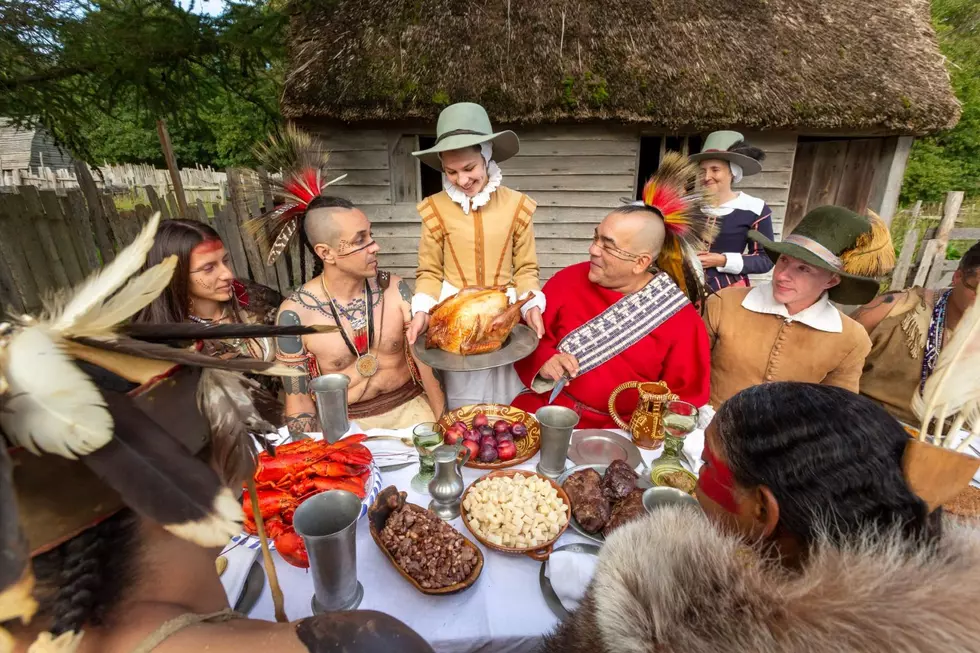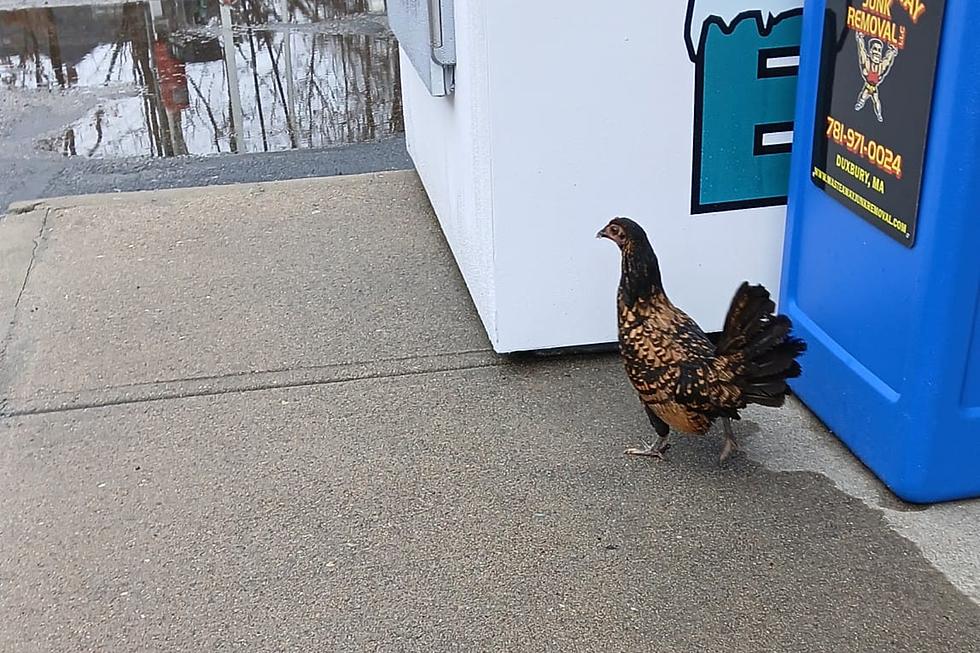
Plimoth Patuxet Historian Shares Mythbuster About the First Thanksgiving
For the past 12 years, Fun 107 has kicked off Thanksgiving weekend with a live broadcast of the morning show from Plimoth Patuxet (formerly Plimoth Plantation).
I am not exaggerating when I say that with every single visit I make to the living history museum I learn something new.
Today was no exception.
While talking with Richard Pickering, the deputy executive director and chief historian for Plimoth Patuxet, he shared some new information that was gathered during a recent archeological dig.
As it turns out, the traditional story of Tisquantum (Squanto) teaching the Pilgrims how to plant corn is true, but recent archeology is adding new layers to the story.
"What has been ignored for so long is that night after the first conversation between Ousemequin (the chief) and the English, he says to Governor Carver 'our wives and our women are in the woods nearby and we're going to be back in 8 or 9 days to plant on the other side of the brook.' So, yes, Tisquantum was teaching them, but they had the opportunity of watching the Wampanoag women just 12 feet away on the other side of the brook." Richard Pickering
Pickering explained that in those days that was considered "women's technology." Pickering elaborated that as a boy Squanto may have been involved with planting corn, but as a man he would not. "There was a gender division. Men don't touch corn, women don't touch tobacco."
There was a myth that was perpetuated as recently as 25 years ago that Squanto learned from the English to use fish as fertilizer for his crops, however it was disproven by a hurricane that revealed an ancient Wampanoag corn mound on the Cape. It showed that the native population had been burying herring for several thousand years to help aid their crops.
More From WFHN-FM/FUN 107









